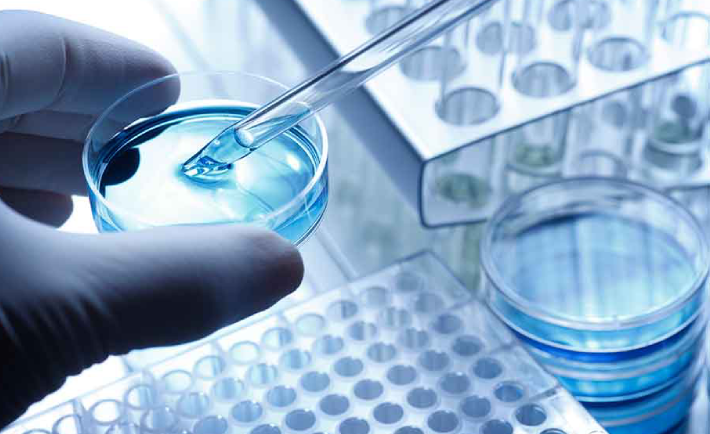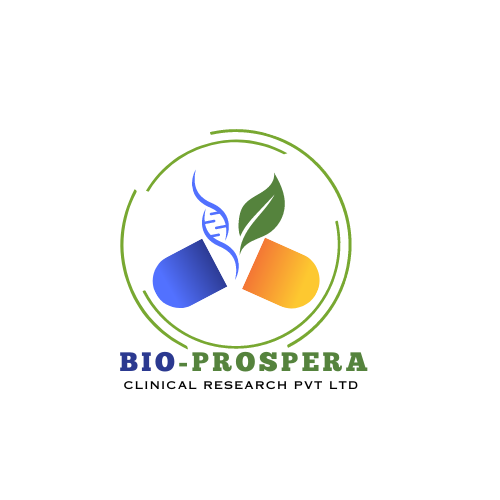Bioavailability and Bioequivalence Studies
Let's discuss Bioequivalence BA/BE Study
Bioequivalence studies are special type of studies where two drugs or two sets of formulation of the same drug are compared to show* that they have nearly equal bioavailability and PK/PD parameters.

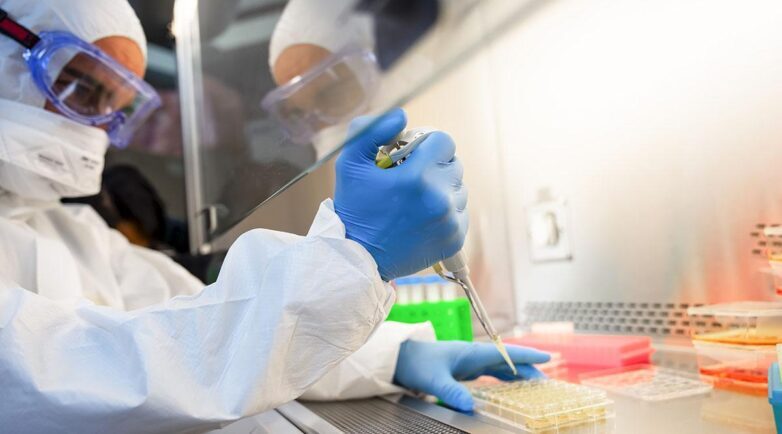
Why do we do Bioequivalence BA/BE studies?
Bioequivalence BA/BE studies are very important for the development of a pharmaceutical preparation in the pharmaceutical industry. Their rationale is the monitoring Bioequivalence BA/BE Study best cro of pharmacokinetic and pharmacodynamic parameters after the administration of tested drugs.
Our Bioequivalence & Bioavaibility Services
we provide following services in BABE
- Bioavailability & Bioequivalence studies (Single Blind & Double Blind)
- Pharmacokinetic & Pharmacodynamic end points studies
- Food effect, Age Effect, Gender effect studies
- Short and Long duration studies
- Transdermal Patches study
- Single Ascending Dose (SAD) and Multiple Ascending Dose (MAD) studies
- Studies in both male and female subjects
(Pre and Post postmenopausal women) - Patient based BA/BE studies
- Skin Sensitization, Skin Blanching

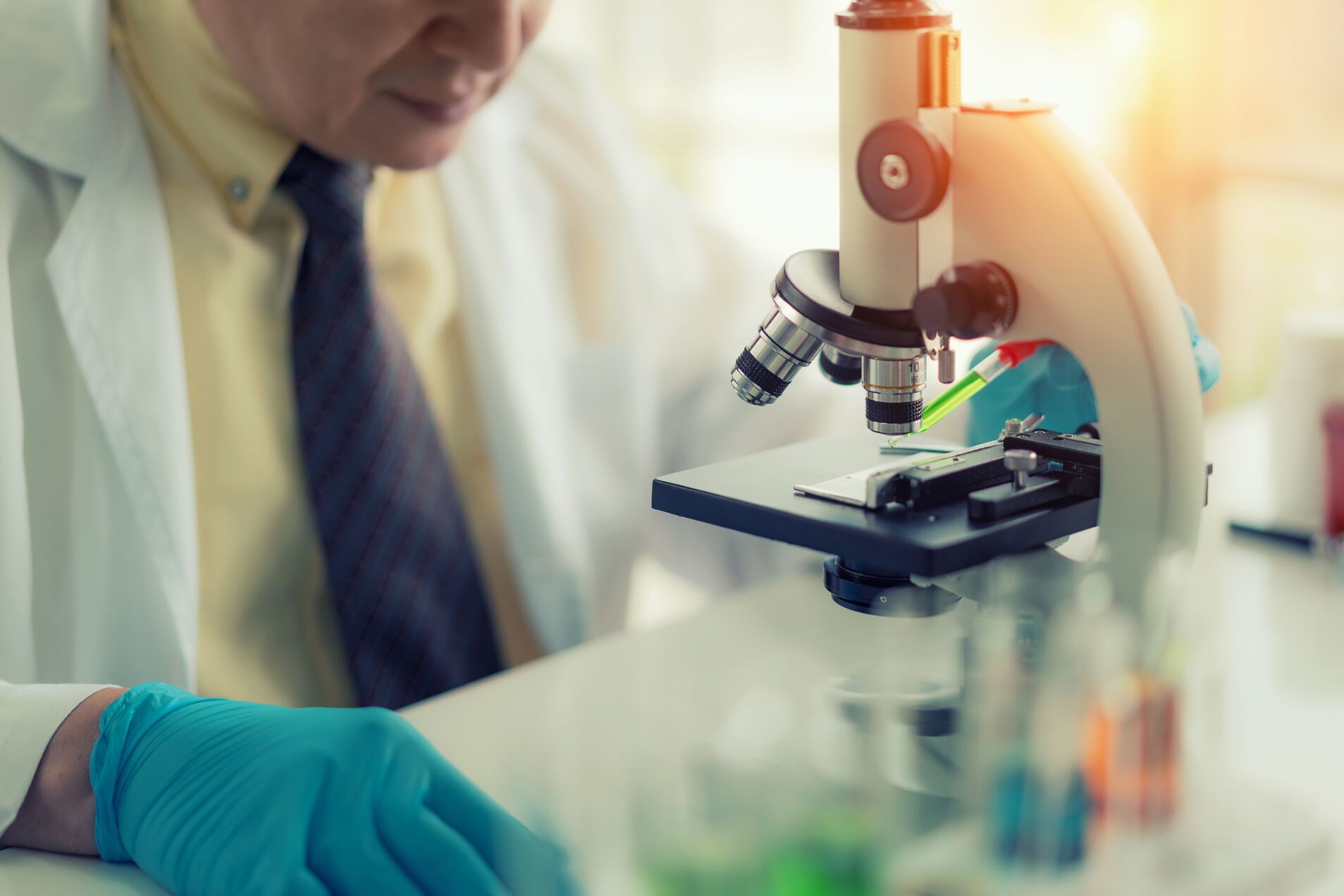
How are bioequivalence studies done?
Bioequivalence studies are special type of studies where two drugs or two sets of formulation of the same drug are compared to show that they have nearly equal bioavailability and PK/PD parameters. These studies are often done for generic drugs or when a formulation of a drug is changed during development.
A pharmacokinetic (PK) study of a new drug involves taking several blood samples over a period of time from study participants to determine how the body handles the substance. These studies provide critical information about new drugs.
What is a Bioequivalence BA/BE study?
Bioequivalence BA/BE Study best cro. Bioequivalence is a term in pharmacokinetics used to assess the expected in vivo biological equivalence of generic version to its proprietary version of a drug or formulations of innovator drug in different clinical trial phases.
Objectives of Bioavailability studies : During primary stages of development of suitable dosage forms of new drug entity. Determination of influence of excipients , patient related factors & possible interaction with other drugs on the efficiency of absorption. Development of new formulations of existing drugs

Which drug has highest bioavailability(Bioequivalence)?
Drug: Morphine -~30% Bioavailability because 70% is metabolized via 1st pass effect if taken orally. Morphine is therefore usually given via s.c. injection to bypass this mechanism.
Example of bioavailability (Bioequivalence BA/BE Study)
Bioavailability is (1) the fraction of an administered dose of a drug that reaches the systemic circulation as intact drug (expressed as F) and (2) the rate at which this occurs. … For example, orally administered morphine has a bioavailability of about 25 percent due to significant first-pass metabolism in the liver.
Absolute bioequivalence
What does it means¿ Well, let’s check it out below: Absolute bioavailability refers to amount of the drug available to the body or system. This is measured as a ratio between the AUC after intravenous administration and AUC oral administration. It should be a figure less than 1 since it is assumed that 100% of the drug is available to the body after iv administration.
Also let's know what is absolute bioavailability (Bioequivalence):
“Absolute” bioavailability is the amount of drug from a formulation that reaches the systemic circulation relative to an intravenous (IV) dose, since you are injecting the drug directly into the systemic circulation.
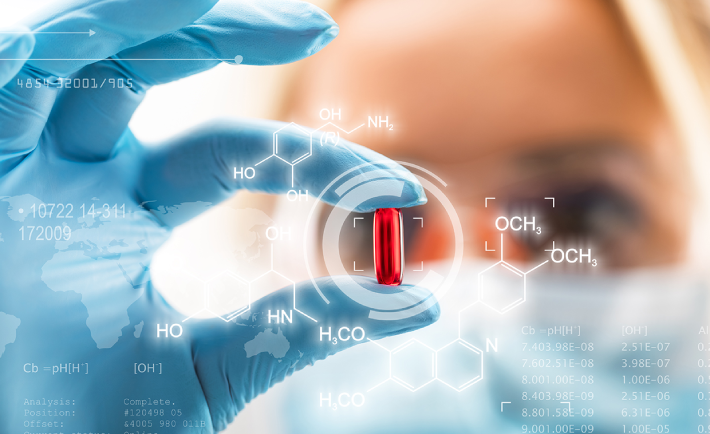

What is needed for good bioavailability(Bioequivalence)?
The most reliable measure of a drug’s bioavailability is AUC. AUC is directly proportional to the total amount of unchanged drug that reaches systemic circulation. Drug products may be considered bioequivalent in extent and rate of absorption if their plasma concentration curves are essentially superimposable.
Now you might be thinking what is AUC in bioequivalence?
Let’s check it out : The area under the blood concentration versus time curve (AUC) • the maximum blood concentration (Cmax). Bioequivalence. If two drugs are bioequivalent, there is no clinically significant difference in their bioavailability.

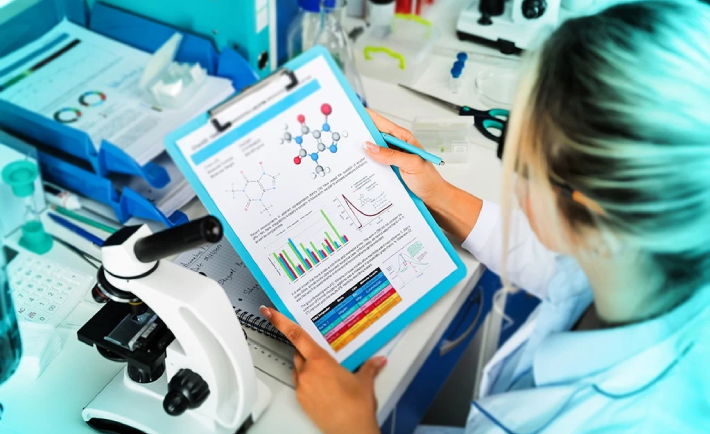
How is AUC calculated in bioequivalence?
The AUC can be computed by adjusting the values in the matrix so that cells where the positive case outranks the negative case receive a 1 , cells where the negative case has higher rank receive a 0 , and cells with ties get 0.5 (since applying the sign function to the difference in scores gives values of 1, -1, and 0.
A Good AUC number?
The area under the ROC curve (AUC) results were considered excellent for AUC values between 0.9-1, good for AUC values between 0.8-0.9, fair for AUC values between 0.7-0.8, poor for AUC values between 0.6-0.7 and failed for AUC values between 0.5-0.6.
What is bioequivalence study design?
A bioequivalence study compares the bioavailability between a test and a reference drug product in terms of the rate and extent of drug absorption. The experimental design of a bioequivalence study is usually a crossover and rarely a parallel or a paired comparative.

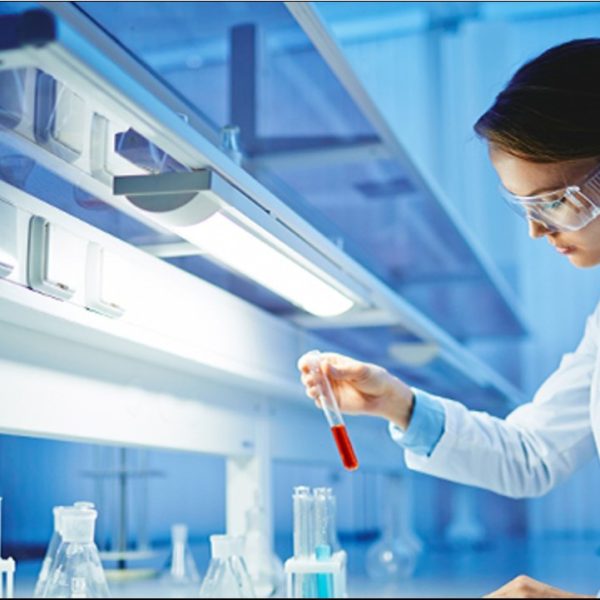
Why do we need bioequivalence studies?
Bioequivalence studies are very important for the development of a pharmaceutical preparation in the pharmaceutical industry. Their rationale is the monitoring of pharmacokinetic and pharmacodynamic parameters after the administration of tested drugs.
Factors which influence bioavailability :
1) Drug concentration at site of administration.
2) Surface area of the absorptive site.
3) Drug pKa.
4) Drug molecule size.
5) pH of the surrounding fluid.
The pKa of a drug is the hydrogen ion concentration (pH) at which 50% of the drug exists in its ionized hydrophilic form (i.e., in equilibrium with its un-ionized lipophilic form). All local anesthetic agents are weak bases. At physiologic pH, the lower the pKa the greater the lipophilicity.
Conclusion of Bioequivalence BA/BE Study:
Bioequivalence between test and reference formulations, both in terms of rate and extension of absorption, under fasting conditions, was concluded according to European guidelines. Both formulations were well tolerated. The conclusion of bioequivalence was also supported using the truncated AUCs approach. And Bioavailability is a key indicator of drug absorption. It represents the administered dose fraction which achieves success in reaching the systemic circulation when administered orally or through any other extravascular dosing route.
